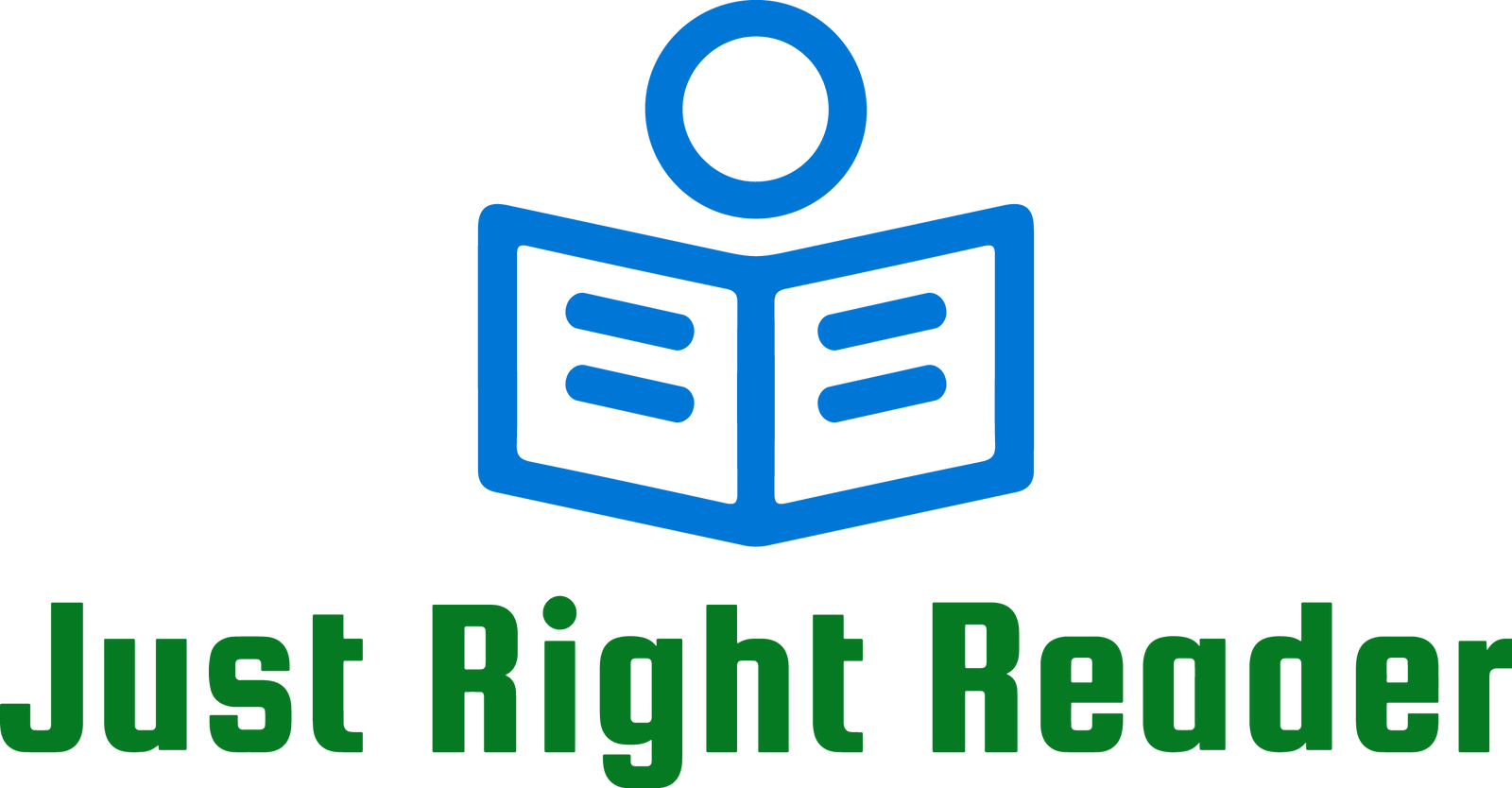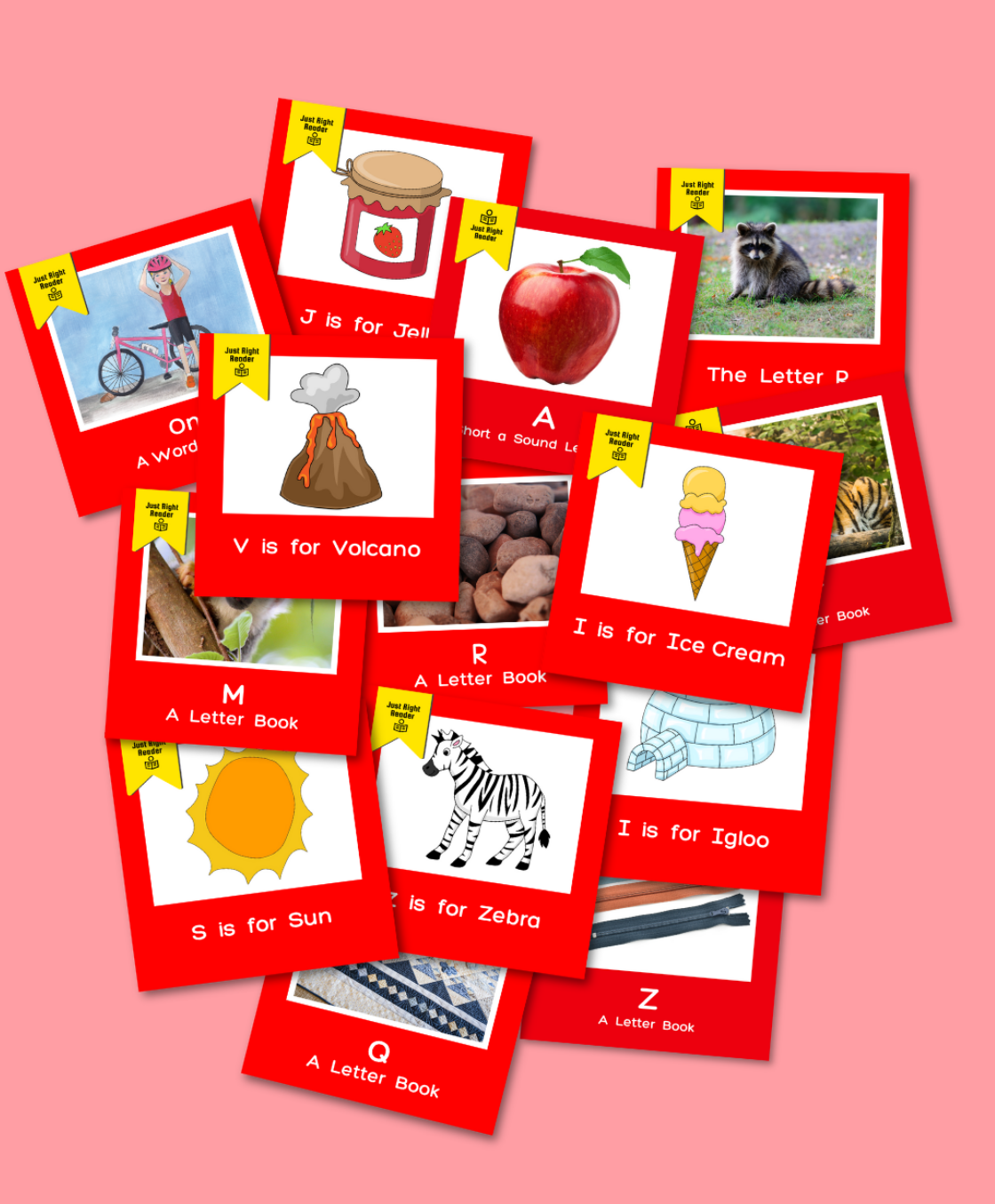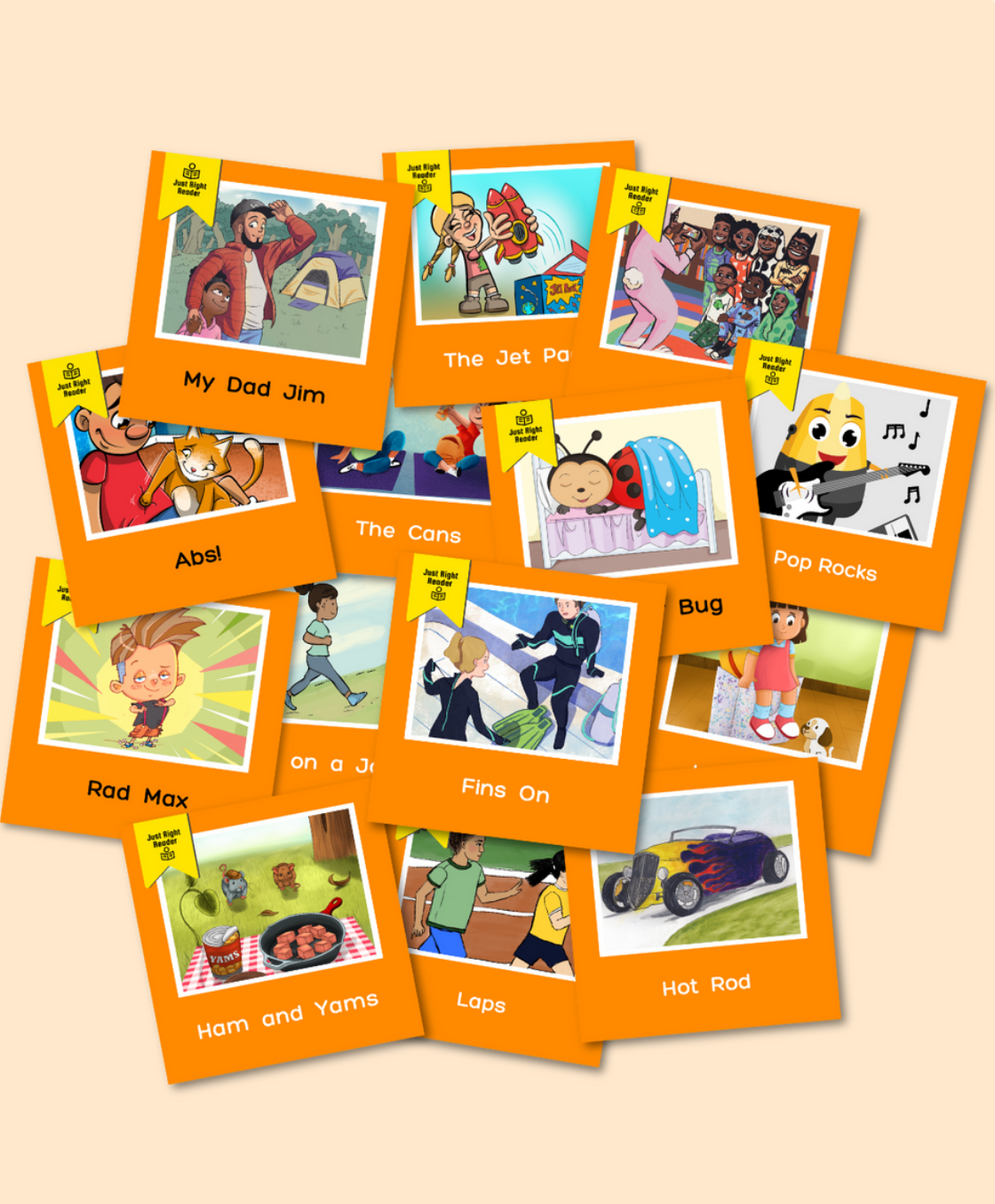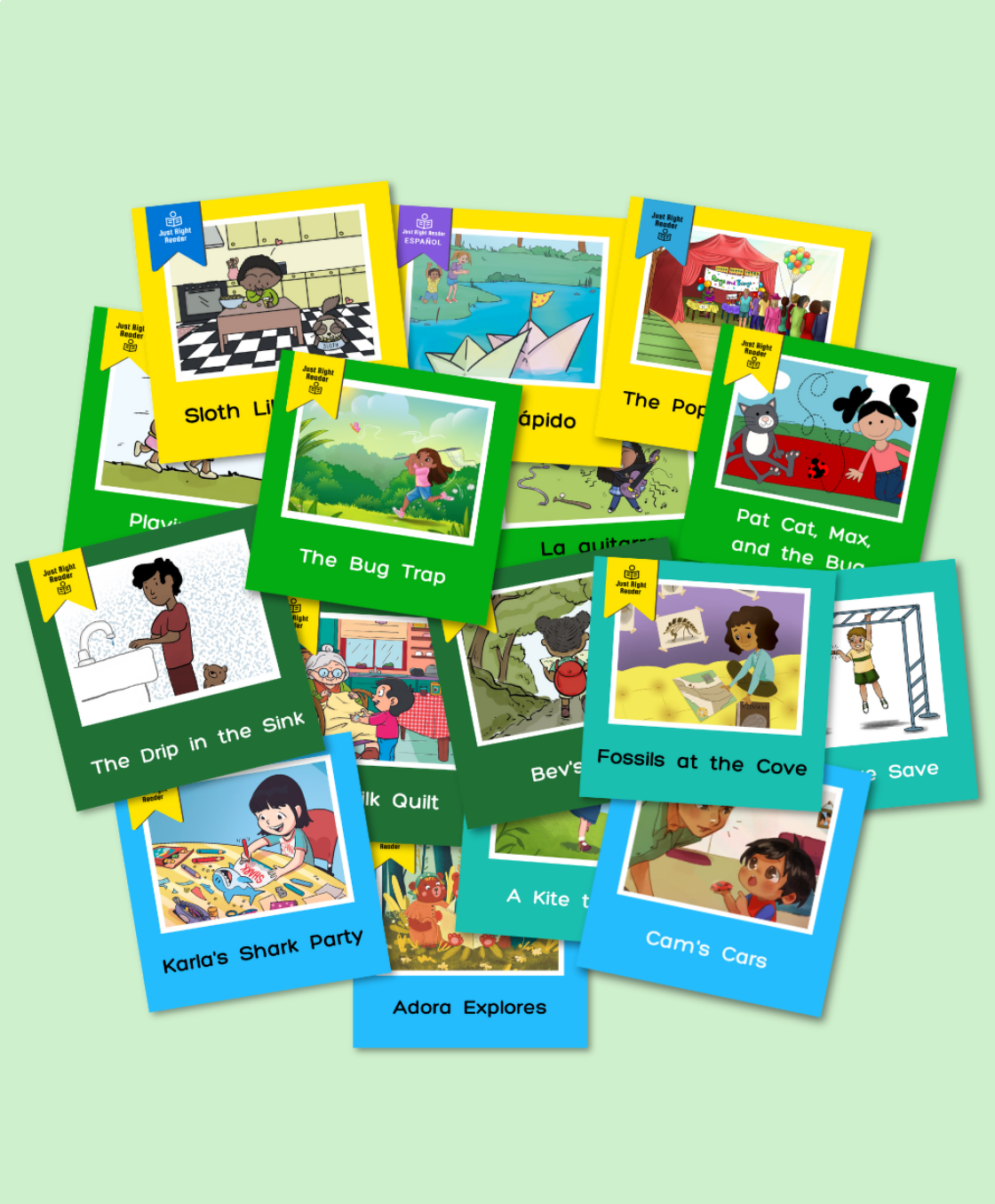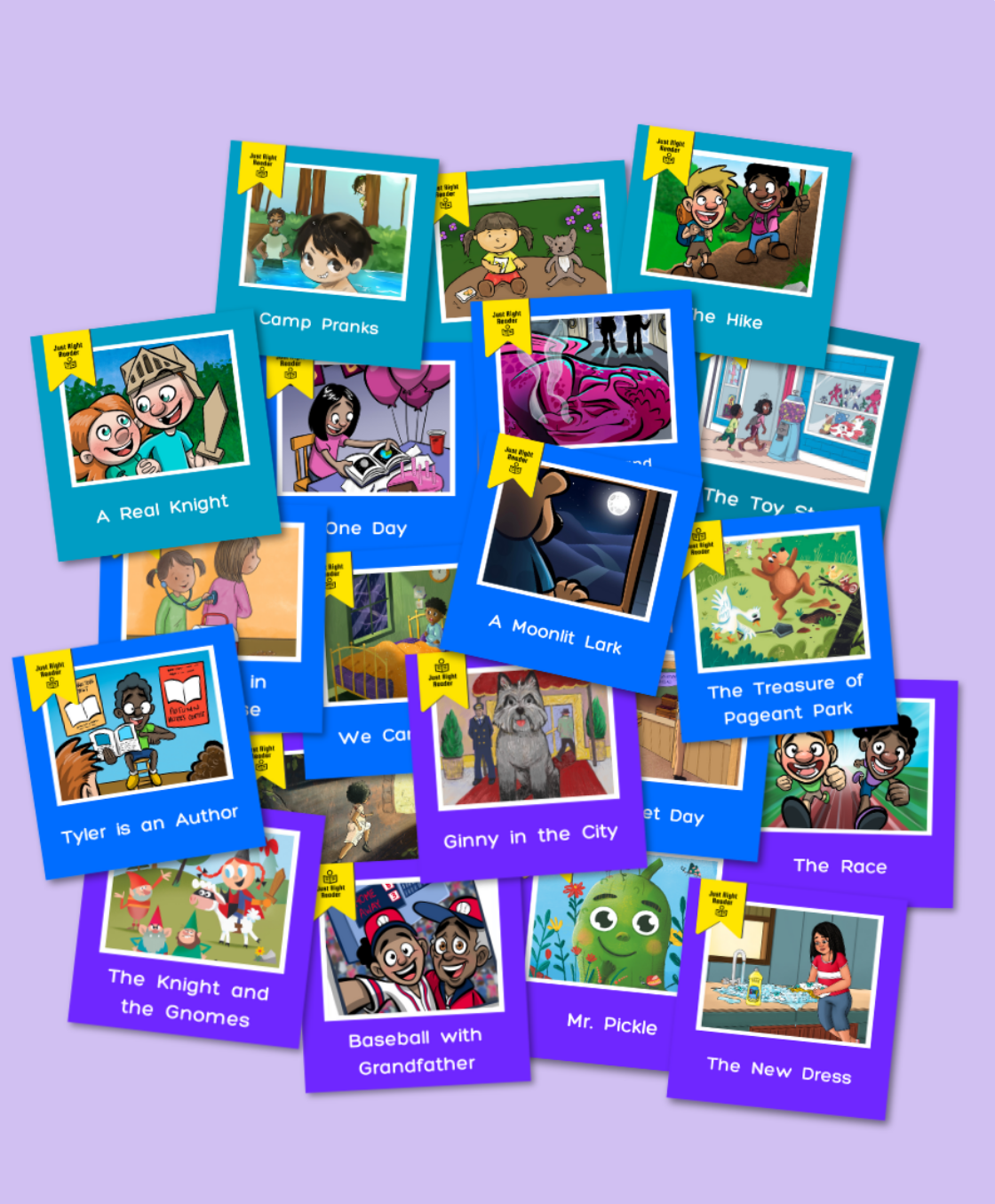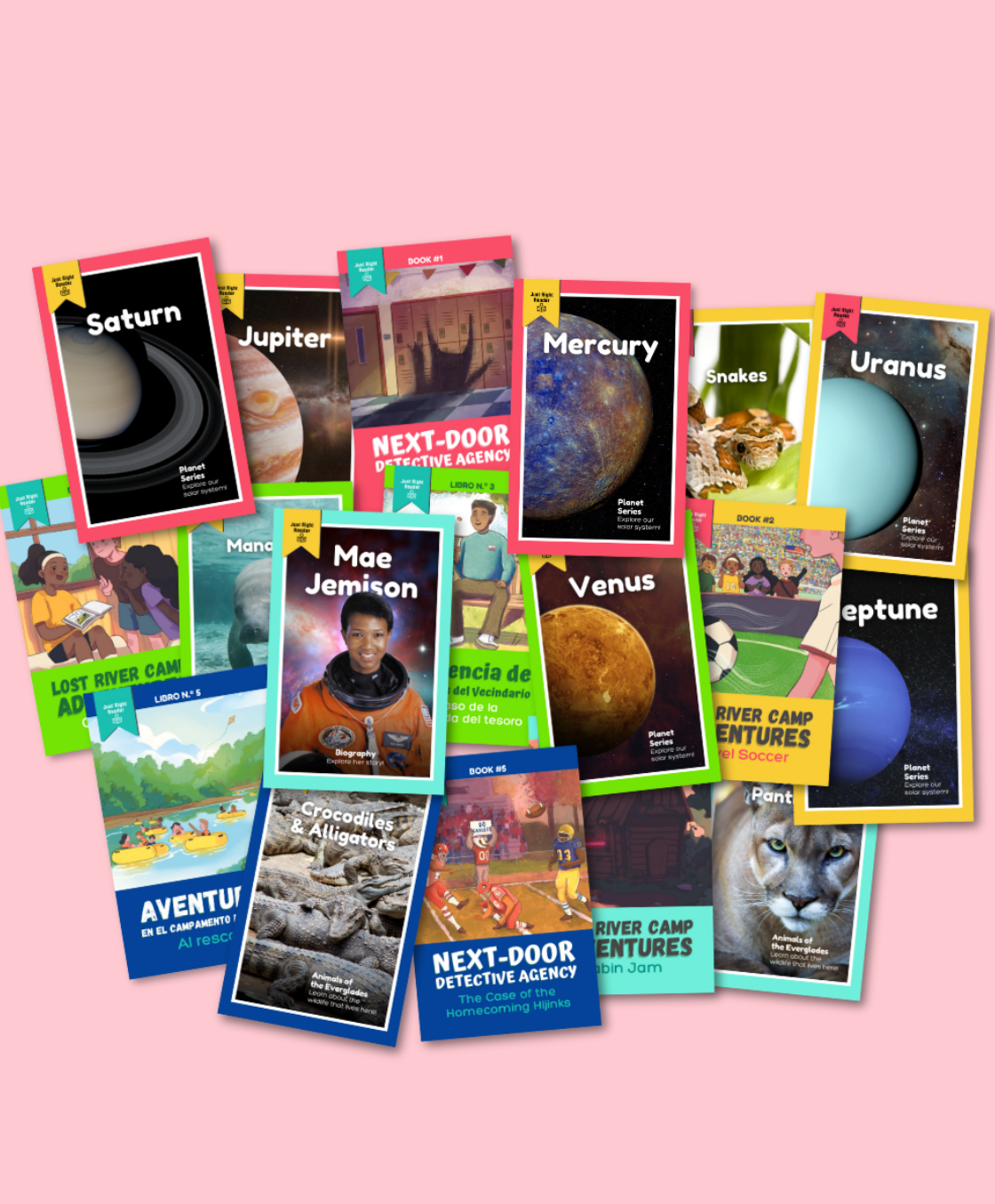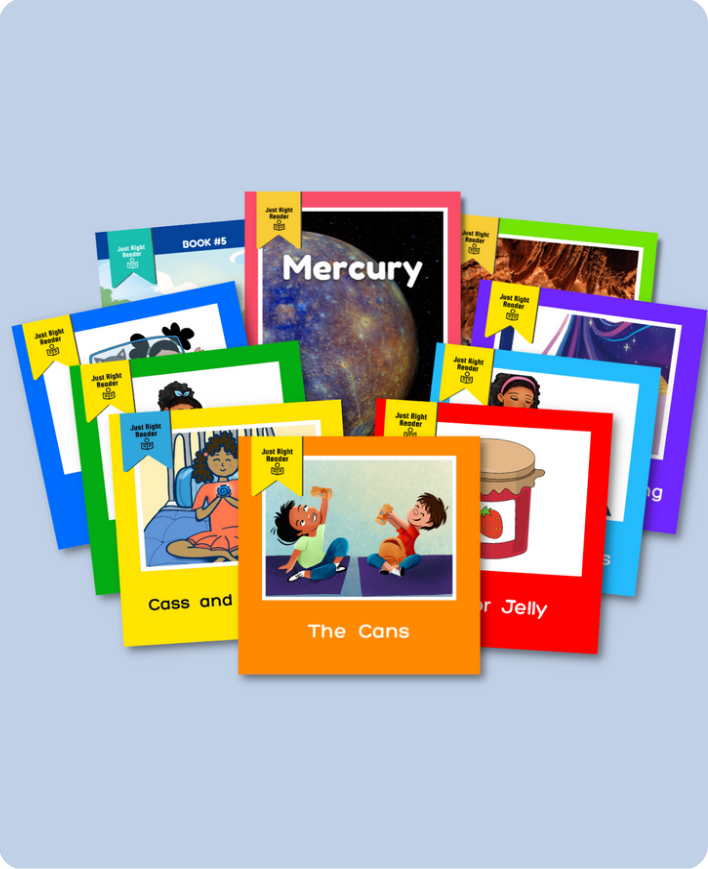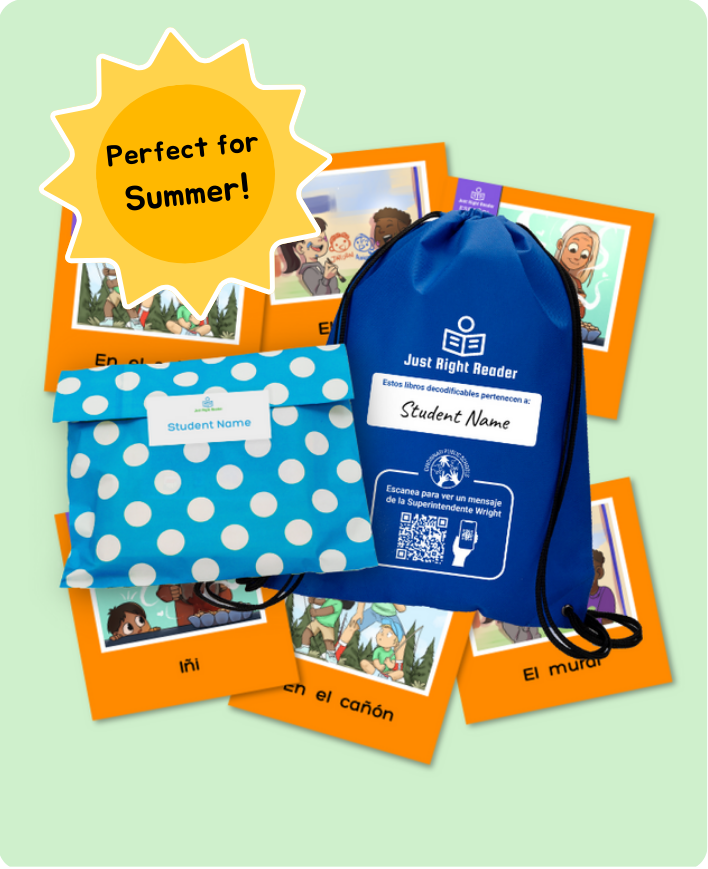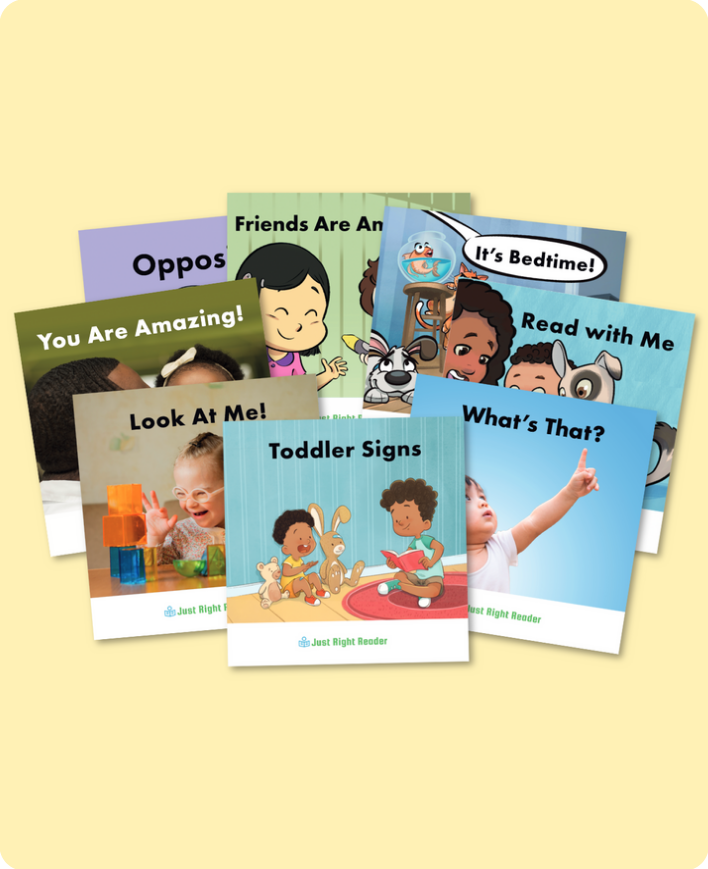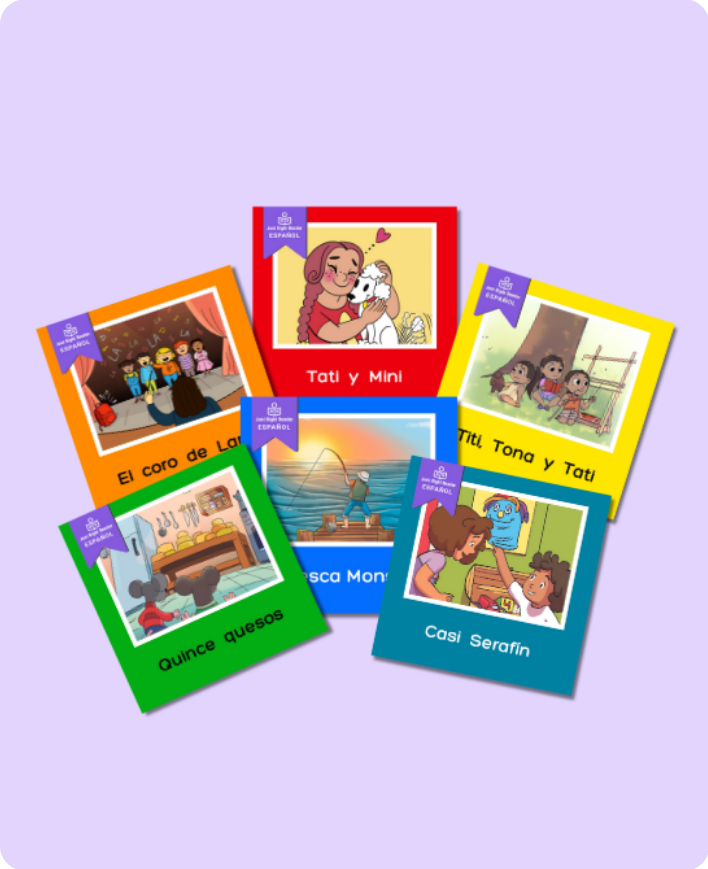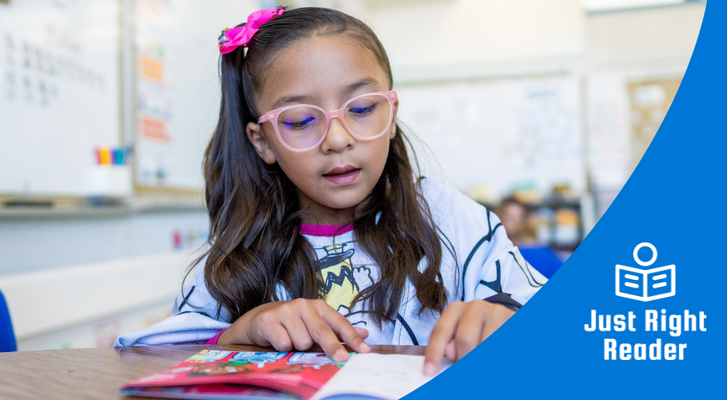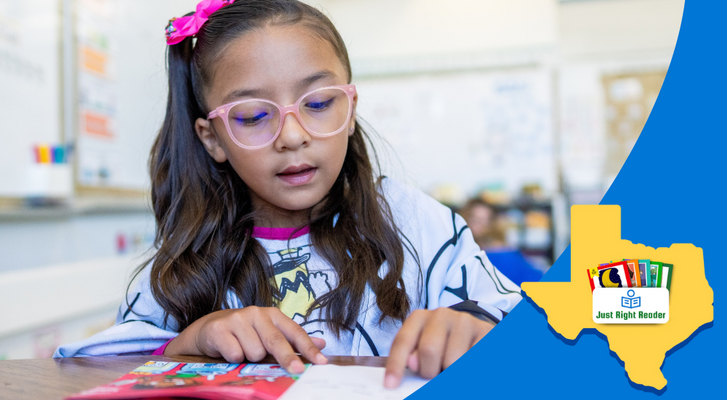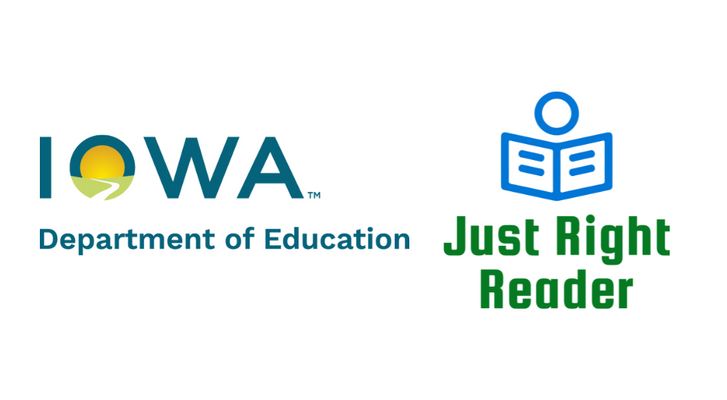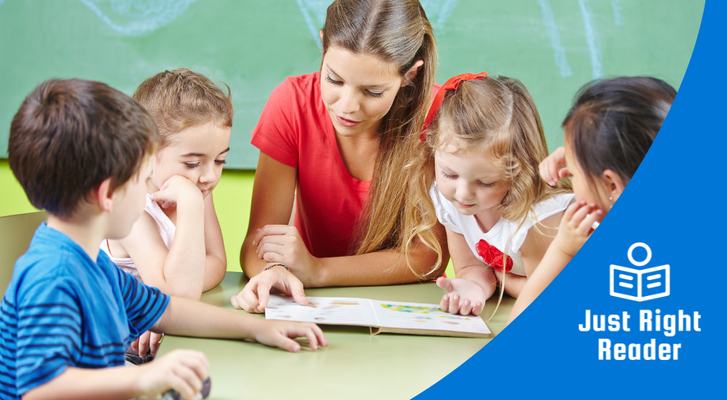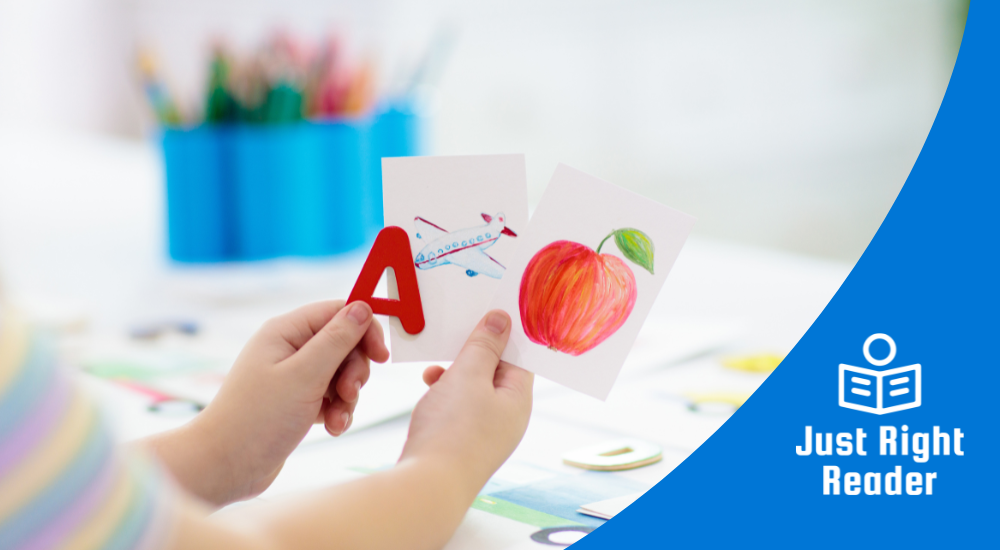
Phonics is a crucial component of early literacy instruction and is the foundation for reading proficiency and lifelong learning.
Discover ways educators can make phonics instruction more engaging and interactive for all learning styles by incorporating innovative, research-backed activities.
What is Phonics?

Phonics involves teaching students to understand howsounds (phonemes) connect towritten letters (graphemes) to formletter-sound relationships (alphabetics) andspelling (orthographic)patterns.
It begins with the alphabetic principle, the understanding that there is a relationship between the letters of the alphabet and the sounds they represent. For instance, we teach students that the letterd represents the sound /d/ and is the first letter in words such asdog anddad.
Read ourphonics guide for a comprehensive look at phonics and what to look for in curriculum and programs.
The Importance of Engaging Phonics Instruction
Engaging phonics instruction is crucial because it helps students retain information better and develop a positive attitude toward reading. Research by the National Reading Panel emphasizes the effectiveness of phonics activities in improving literacy, particularly when they are interactive and engaging. Engagement through interactive methods leads to higher student motivation and better literacy outcomes (Gambrell, 2011).
3 Tips for Implementing Engaging Phonics Lessons

-
Vary Instructional Methods
Various instructional methods cater to different learning styles. Rotate between games, tech-based tools, and hands-on activities to keep lessons fresh and engaging.
-
Student Choice
Allow students some choice in their learning activities. This autonomy can increase engagement and make learning more relevant to them.
-
Real-World Connections
Incorporate real-life reading opportunities into lessons, such as reading signs, menus, or simple books, to show students how phonics skills are used in the real world.
4 Interactive Phonics Activities

-
Phonics Games
Incorporating games into phonics lessons can significantly enhance student engagement. Games like phonics hopscotch, where children jump to squares labeled with sounds, or matching games with letters and pictures, make learning playful and dynamic.
-
Technology Integration
Utilizing educational technology tools can make phonics activities more interactive. Apps and online games that focus on phonics skills offer students hands-on practice with immediate feedback (Castles, Rastle, & Nation, 2018).
-
Hands-On Activities
Building words with letter tiles or creating phonics craft projects helps students understand phonics concepts through tactile learning experiences.
-
Song and Dance
Integrating music and movement helps reinforce phonics skills. Songs highlighting different sounds or phonics rules can be memorable and fun for young learners.
Explore 10 more phonics activities to implement in your classroom.
Integrating these engaging strategies into your literacy instruction creates a dynamic learning environment that fosters a love of reading and builds a solid foundation in phonics skills.
Accelerate Reading Achievement with Just Right Reader Decodables
Just Right Reader’s Science of Reading Decodables enhance phonics instruction with books that are specifically designed to reinforce previously taught phonics patterns in connected text.

Our Science of Reading Decodables feature:
- An extensive library of 750+ titles in English and Spanish
- Engaging and relatable stories with relatable characters and vibrant illustrations that motivate students to keep reading
- Evidence-based, rigorous phonics scope and sequence that aligns to all phonics programs and curriculums
- QR codes that link to memorable video lessons in English and Spanish
- Personalized Take-Everywhere Decodable Packs that extend phonics practice from school into homes

References
Castles, A., Rastle, K., & Nation, K. (2018). Ending the reading wars: Reading acquisition from novice to expert.Psychological Science in the Public Interest
Ehri, L. C., Nunes, S. R., Stahl, S. A., & Willows, D. M. (2001). Systematic phonics instruction helps students learn to read: Evidence from the National Reading Panel’s meta-analysis.Review of Educational Research
Gambrell, L. B. (2011). Seven rules of engagement: What’s most important to know about motivation to read.The Reading Teacher
National Reading Panel. (2000). Teaching children to read: An evidence-based assessment of the scientific research literature on reading and its implications for reading instruction. NIH Publication No. 00-4754.
